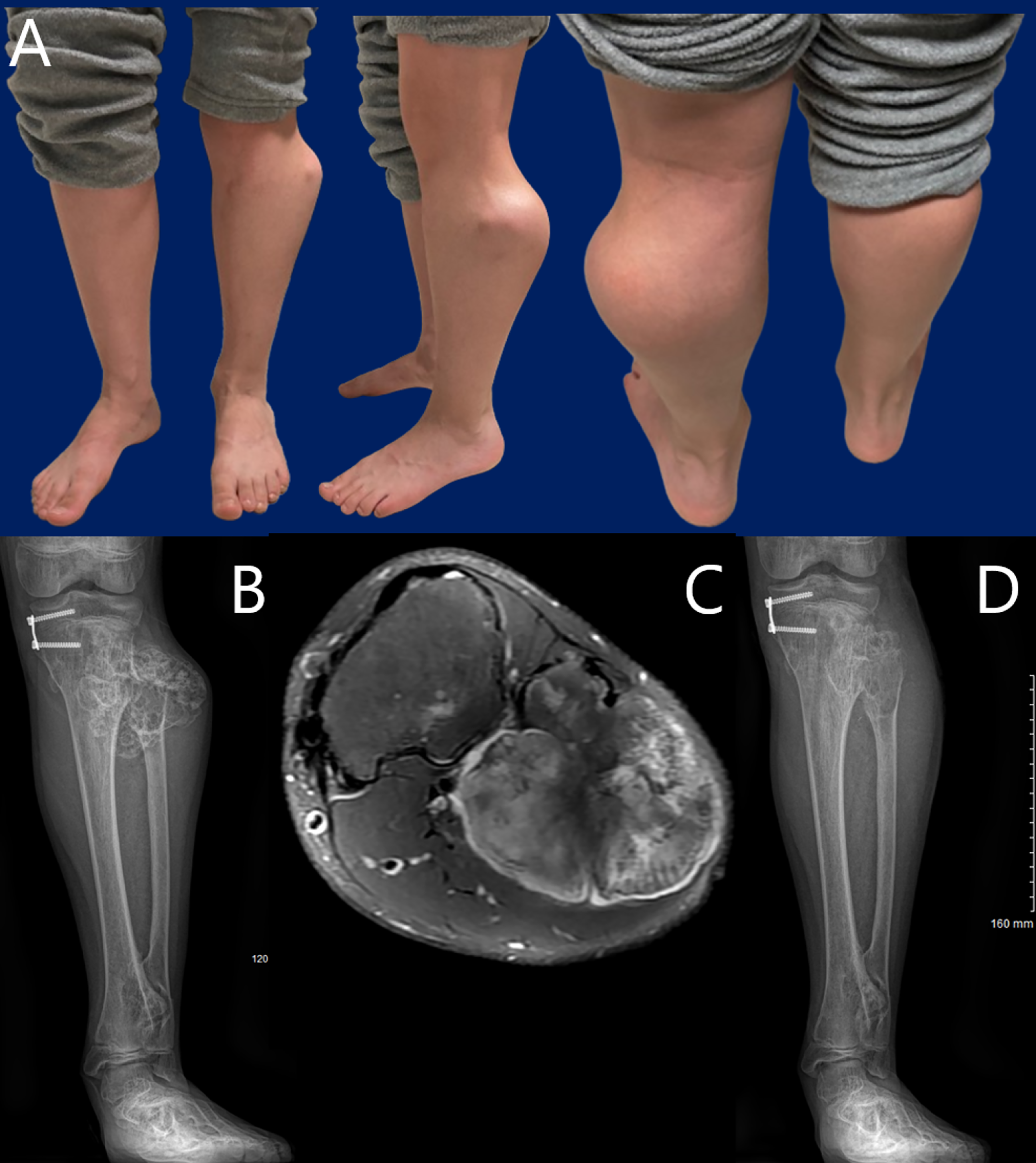JBJS Deputy Editor for Social Media Dr. Matt Schmitz offers this post on a new study that evaluates peroneal nerve decompression and proximal fibular osteochondroma excision in patients with multiple hereditary exostoses.
Multiple hereditary exostoses (MHE) is commonly a benign condition. However, osteochondromas that develop in MHE can interfere with musculature or encroach on neurovascular structures, resulting in pain and neurologic or other symptoms.
In a new study, Huser et al. evaluate the indications, complications, and recurrence associated with peroneal nerve decompression and proximal fibular osteochondroma excision exclusively in patients with MHE. The results of this single-center, retrospective study are available at JBJS.org:
The authors identified 126 cases among 86 patients who underwent decompression of the peroneal nerve followed by excision of osteochondromas. Proximal fibular resection was performed in 6 limbs for large medial fibular osteochondromas.
The main indications for surgery were dysesthesias and/or neuropathic pain, pain over the proximal fibula, and muscular weakness.
Of the 126 limbs, 100 had documented improvement in symptoms after surgery; for 23 limbs, improvement could not be determined from the chart. Three limbs did not improve, although in 2 of those cases, revision excision led to improvement.
A total of 20 complications (15.9%) were documented:
- 7 cases of foot drop (5.6%)
- 6 cases of neuropathic pain (4.8%)
- 4 cases of anterior compartment weakness (3.2%)
- 2 cases of infection (1.6%)
- 1 case of a broken implant (0.8%)
On logistic regression analysis, the authors found significant relationships between complications and excision of an anterior osteochondroma (odds ratio [OR], 5.21; p = 0.0062), proximal fibular excision (OR, 14.73; p = 0.0051), and previous decompression (OR, 5.77; p = 0.0124).
Ninety-one cases met the minimum 1-year follow-up and were included in the recurrence analysis. Eight cases had recurrence, with all cases of recurrence occurring in patients who were skeletally immature at the time of the index procedure.
The study highlights important points that may be helpful in counseling the families of children with MHE and proximal fibular osteochondromas causing symptoms. A majority of the patients undergoing surgery for this condition showed improvement, although there are risks that patients and their parents should be aware of when making an informed decision about surgery. In this study, the odds of a complication increased with excision of anterior osteochondromas and previous decompression.
Read the full study: Peroneal Nerve Decompression in Patients with Multiple Hereditary Exostoses. Indications, Complications, and Recurrence
JBJS Deputy Editor for Social Media





Very nice to read this article rare but encountered this in practice
HAVE DONE 2 OF THESE WITH CAREFUL EXPLORATION OF ENTIRE PERONEAL NERVE. HAD TRANSIENT FOOT DROP THAT RECOVERD
DR ATUL BHASKAR